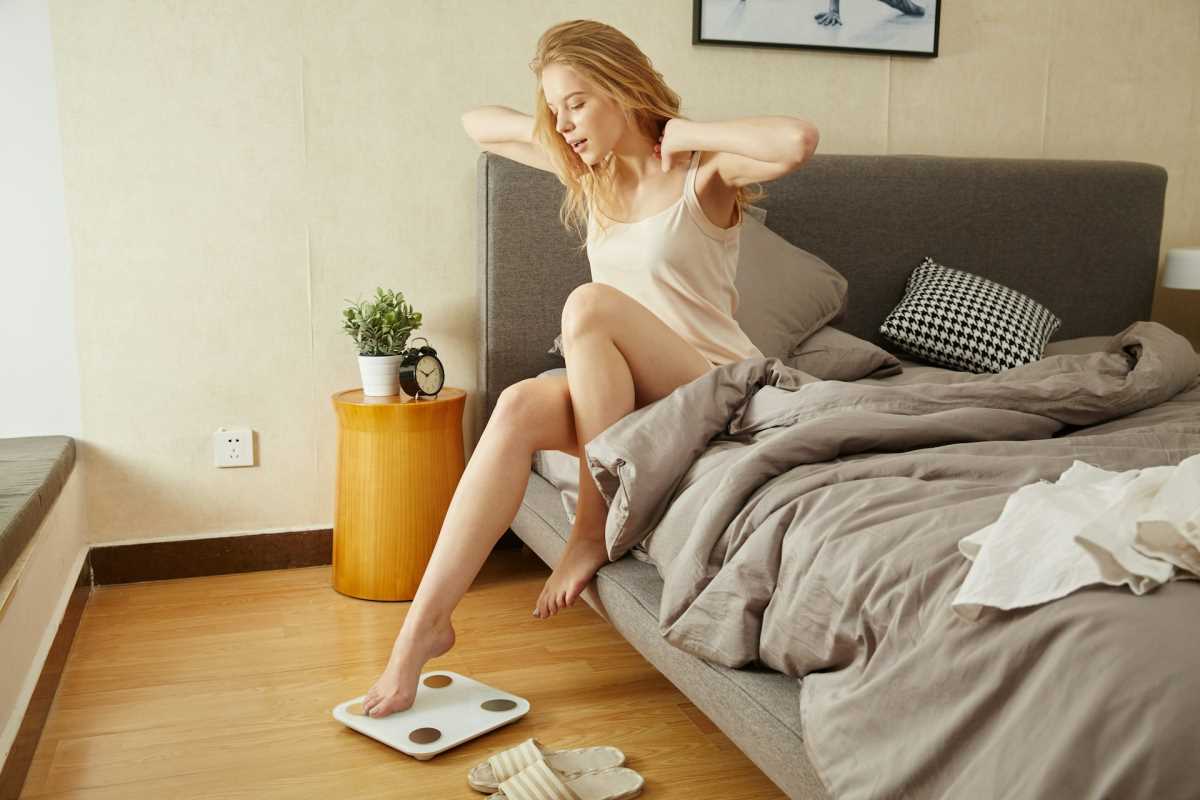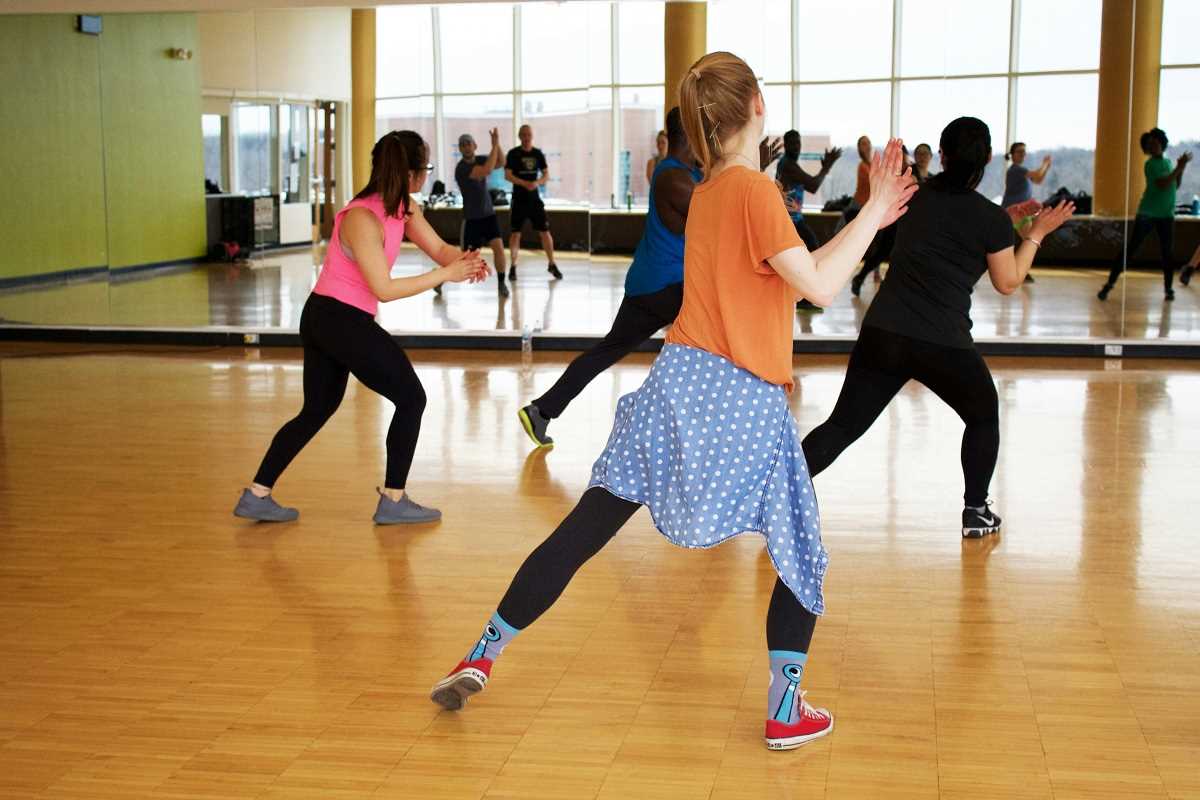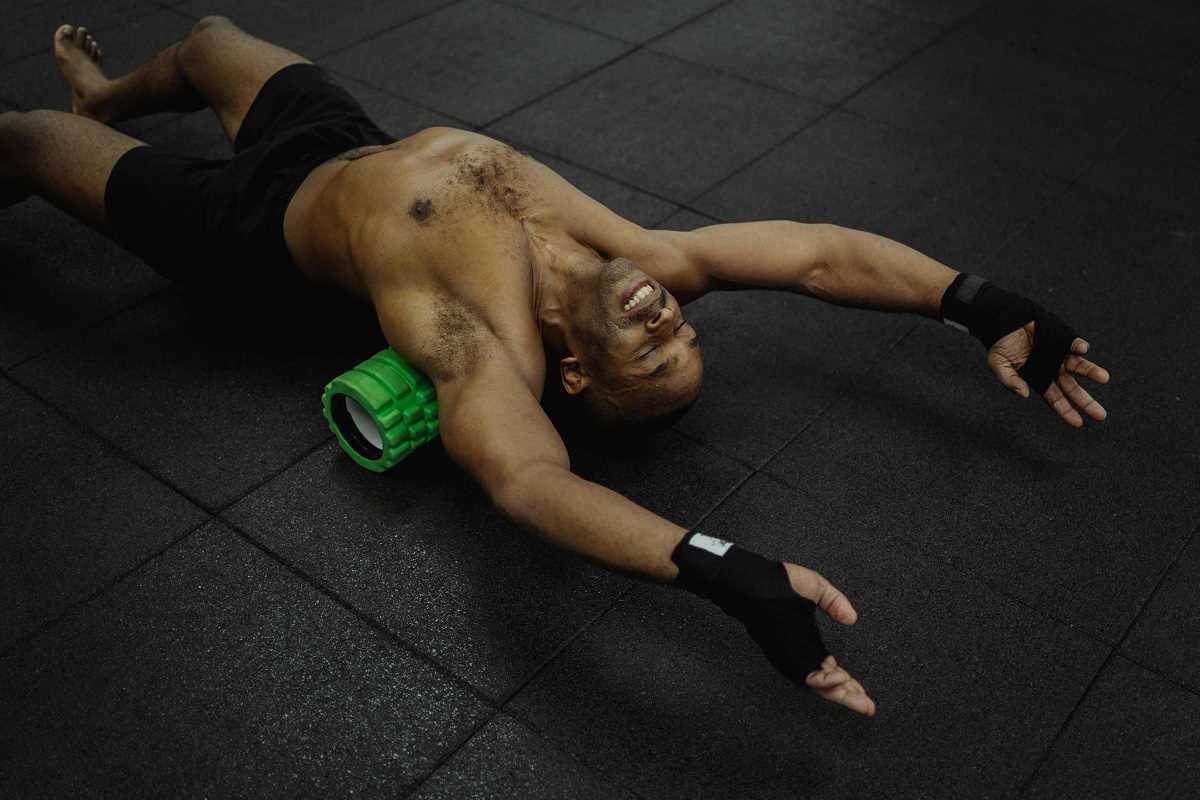Muscle recovery can be a frustrating part of staying active. Soreness, stiffness, and little aches often sneak in after workouts or long work days, stealing the joy from moving freely. If you can relate, foam rolling might just be your new favorite tool. This simple, affordable fitness accessory can work wonders for your body, helping you recover faster and feel better.
Foam rolling isn’t just for professional athletes or dedicated gym-goers. It’s for anyone looking to reduce tension, ease discomfort, or maintain flexibility. Curious about how it works and how to get started? Let’s break it all down in an easy-to-understand way that’ll have you ready to roll, literally.
What is Foam Rolling, Anyway?
Foam rolling involves using a cylindrical piece of foam to massage your muscles. But don’t worry, this isn’t your typical spa massage! Foam rolling is a form of self-myofascial release (SMR). That’s a fancy way of saying it helps release tightness in your connective tissue, also known as fascia.
The fascia is like a web that surrounds your muscles and organs, providing support and structure. Sometimes, due to overuse, inactivity, or even stress, your fascia can tighten up or develop knots, known as “trigger points.” These trigger points are often responsible for stiffness, discomfort, or a limited range of motion. Foam rolling works by applying gentle pressure to those trigger points, encouraging them to relax and loosen up.
Why Should You Try Foam Rolling?
If you’re wondering why you should give foam rolling a shot, here are just a few benefits that might convince you to add it to your routine:
- Relieves muscle soreness: Foam rolling can ease post-workout soreness by improving blood flow to your muscles. More blood flow means faster delivery of nutrients and oxygen, which speeds up recovery.
- Improves flexibility: Tight fascia can restrict how much you can stretch or bend. Rolling helps release tension so you can move more freely.
- Reduces pain and stiffness: Whether it’s pesky lower back tightness or post-workout aches, foam rolling can help soothe minor discomfort.
- Supports better posture: Releasing tension in muscles like your back and shoulders can help you stand up straighter, reducing the strain poor posture can place on the rest of your body.
- Boosts circulation: Just like a good massage, foam rolling can stimulate blood flow, which is great for your overall health.
The best part? You don’t need to be a gym member or fitness guru to see the benefits. Foam rolling is versatile enough to suit everyone, regardless of fitness level.
Choosing the Right Foam Roller
There are a surprising number of foam roller options out there. Knowing which one to choose can make your rolling sessions more comfortable and effective. Foam rollers come in different sizes, densities, and textures, so here’s a quick guide to help you decide:
- Soft Foam Rollers (Beginner-friendly): These are gentle and perfect if you’re new to foam rolling or have particularly sensitive muscles.
- Medium-Density Rollers (Balanced pressure): Great for those who want a moderate amount of pressure without it feeling too intense.
- Firm or High-Density Rollers (Deep massage): Designed for experienced rollers or those who need deeper, more intense relief.
- Textured Rollers (Target trigger points): These rollers have ridges or bumps to get into those hard-to-reach spots.
No matter which foam roller you choose, make sure you feel comfortable using it. If it feels painful or overwhelming, go for a softer option and work your way up to firmer rollers later.
How to Foam Roll Safely
Getting started with foam rolling isn’t complicated, but there are some basics to keep in mind to keep it safe and effective. Follow this step-by-step guide to begin your rolling practice:
Step 1: Warm-Up First
Before you start foam rolling, it’s best to warm up your muscles. A quick 5–10-minute walk or dynamic stretches will do the trick, ensuring your muscles are ready for gentle pressure.
Step 2: Position Yourself Properly
Start with your foam roller on a flat surface, like a yoga mat or carpeted floor, to prevent it from slipping. Place the area you want to target (e.g., thighs, back, calves) on top of the roller.
Step 3: Use Gentle, Controlled Movements
Roll slowly over the area, pausing on any tight or tender spots for 20–30 seconds. Take deep breaths to help your muscles relax. Avoid moving too quickly or applying too much pressure, especially if you’re just starting.
Step 4: Target Key Areas
Here are some common muscle groups to focus on and how to roll them effectively:
- Quads (front of thighs): Lie face down, supporting yourself on your forearms, and roll from your hips to just above your knees.
- Upper back: Lay on your back with the roller under your shoulders. Cross your arms across your chest and roll from your upper back to your mid-back.
- Hamstrings (back of thighs): Sit on the floor with your legs extended. Place the roller under your thighs and roll from your hips to your knees.
- Calves: Sit with your legs straight and the roller under your calves. Roll from the back of your knees to your ankles.
Step 5: Go Easy on Painful Spots
Foam rolling should feel like good pressure, not sharp pain. If a muscle feels especially tender, ease off and apply lighter pressure.
Step 6: Cool Down
Finish your session with some light stretching to increase your range of motion and keep those muscles feeling relaxed.
How Often Should You Foam Roll?
When it comes to foam rolling, consistency is key. Ideally, aim to roll for 5–10 minutes a day or after exercising. However, if you’re new to foam rolling, even 3–4 times a week can still make a noticeable difference.
Listen to your body! If a muscle feels particularly tight, spend some extra time rolling it out. On the flip side, if you’re already feeling great, a quicker session will do just fine.
Foam Rolling Don’ts
There are just a few “don’ts” to remember when foam rolling to ensure you stay safe and avoid unnecessary discomfort:
- Don’t roll directly over joints or bones (e.g., your knees or spine). Focus on the muscles surrounding these areas instead.
- Don’t press too hard. Foam rolling shouldn't be unbearable. You’re looking for pressure, not pain.
- Don’t rush. Take your time to feel out your muscles and target tight spots.
Making Foam Rolling Part of Your Routine
The beauty of foam rolling is that it doesn’t require fancy equipment or hours of your day. You can work it into your existing schedule, whether that’s after your workout, in the evening while watching TV, or even during a quick stretch break at work.
Pairing foam rolling with other self-care practices, like stretching, yoga, or regular movement, can compound the benefits and keep your muscles feeling happy and healthy.
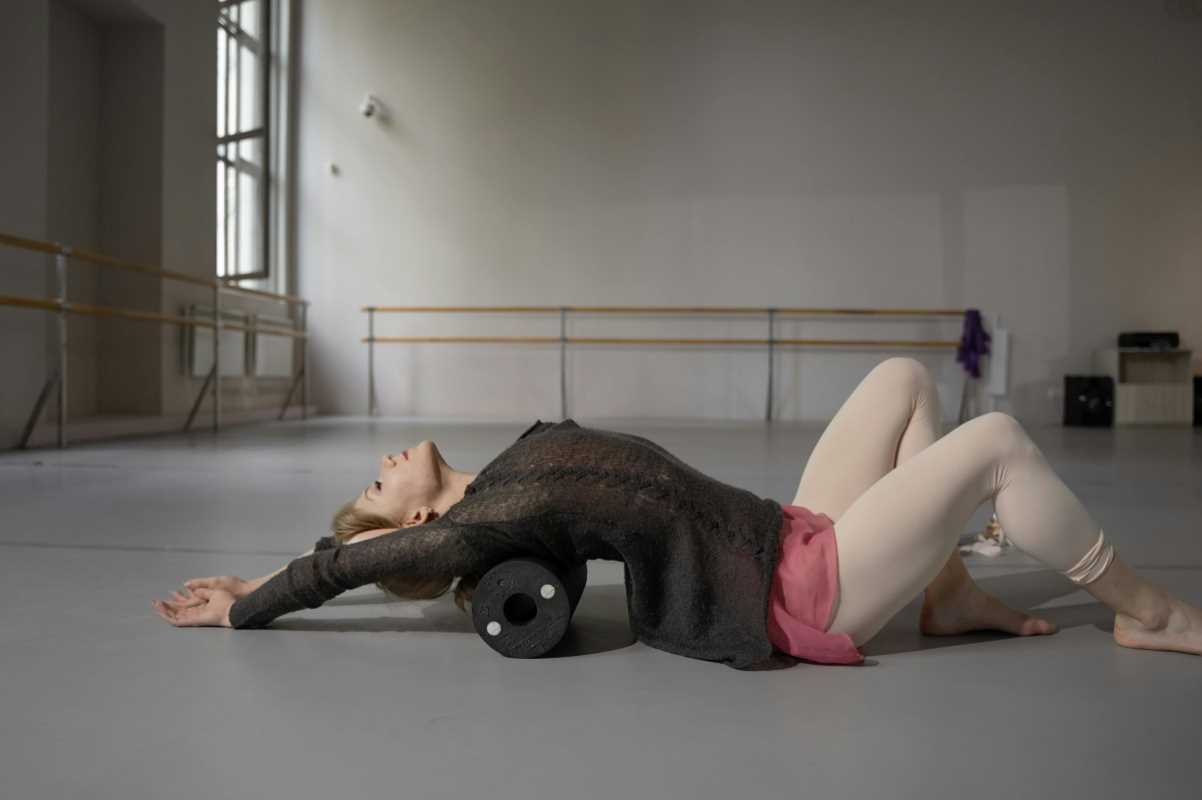 (Image via
(Image via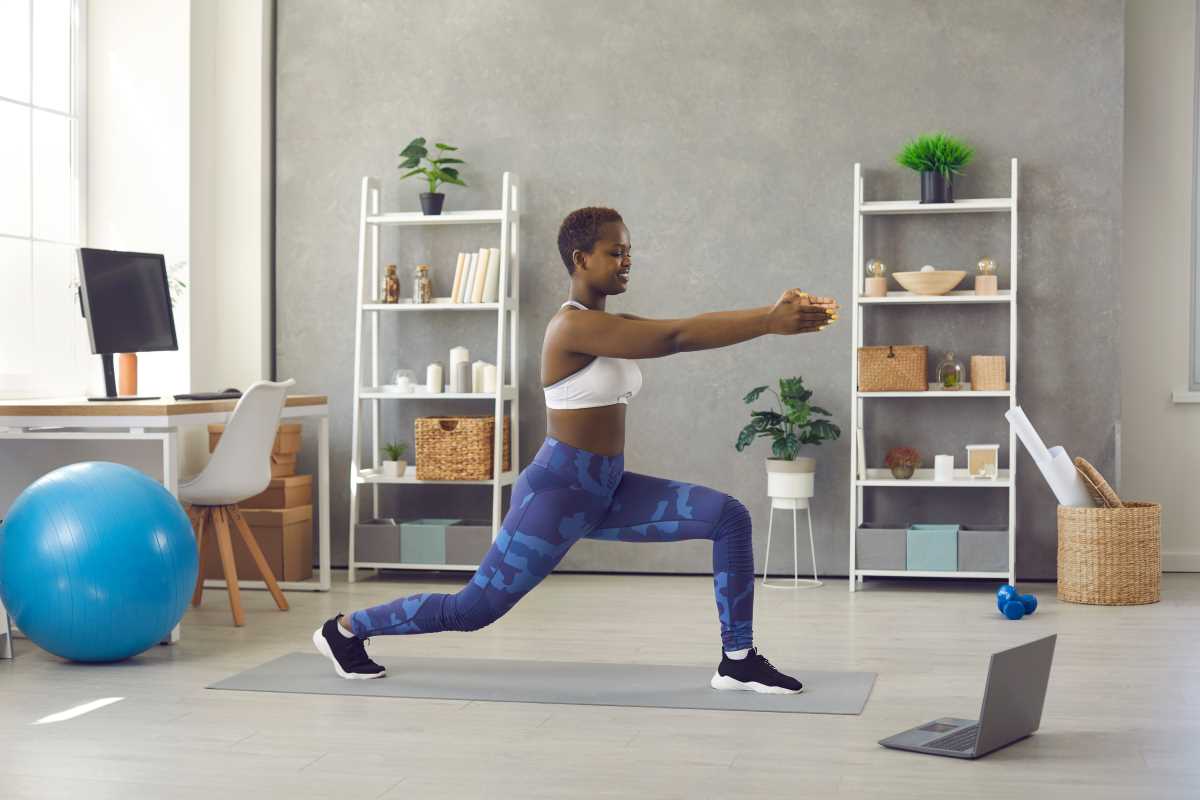
.jpg)
